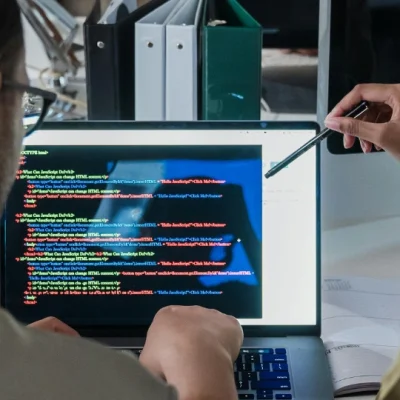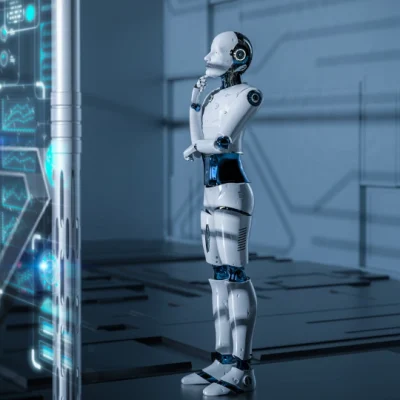Case studies
Automating Content Strategy for a Travel Agency
Pinecone Vector Database
Dedicated MCP Servers
Proprietary API Gateways
Internal Tour Management Systems (TMS)

The Club of Names – Crafting a Comprehensive Naming Platform
AWS (Amazon Web Services)
Next.js

Transforming Business Processes and Global Logistics
A business workflow management startup, in partnership with a major telecommunications partner for its logistics solution.
Golang (Go)
MongoDB
REST APIs
GraphQL
NATS
gRPC
Angular
RxJS
Nx

AI-Powered Personalized Healthcare Platform
Python
TypeScript
TensorFlow
Selenium
Apache Kafka

AI-Powered Tender Optimization
This project focused on developing an AI-powered Tender Optimization Assistant. The system’s core lies in its multi-agent architecture, where several independent AI agents collaborate to streamline the complex tender process.
FastAPI
BeautifulSoup
LangChain
Selenium
PyMuPDF

AI Assistant for Hydrogen and Renewable Energy
The project aims to develop an AI-powered chatbot for the renewable energy and hydrogen domain, designed to answer user queries efficiently while maintaining chat history and filtering irrelevant questions. It incorporates a multi-agent AI approach to improve accuracy, manage different tasks, and optimize system performance.
FastAPI
OpenAI GPT-4
LangChain
RAG Pipeline

Optimizing Delivery Efficiency Through Route Optimization
A US logistics company wanted to optimize delivery operations. They faced challenges with rising delivery volumes and fuel costs. The client aimed to reduce delivery times and minimize fuel consumption by improving driver route efficiency using AI tools.
Python
TensorFlow
AWS
Google Cloud

Wind Energy Monitoring Platform for Efficient GreenTech Management
The client, a renewable energy company, requested a comprehensive platform to monitor and optimize the performance of their wind energy operations. They needed a solution that would allow them to track energy output, identify inefficiencies in real-time, and provide actionable insights to improve their wind turbines’ performance. Our goal was to help the client streamline operations by using data to make smarter decisions and improve overall energy output.
React.js
Node.js
Python
AWS
Elasticsearch
Kibana

AI-Powered Recruitment Data Extraction Tool
Python
NLP libraries
TensorFlow
Scikit-learn

Product Management & Talent Marketplace in one platform
The platform provides clear explanations of products, challenges, and initiatives, making it easy and compelling for contributors to participate. Additionally, it includes review processes, ratings, and other mechanisms to ensure excellent outcomes for all stakeholders.
React.js
Next.js
Python
Django
Django REST Framework
PostgreSQL
Celery
Redis
AWS S3
GraphQL
JavaScript

Enabling Remote Printing for ZPL Printers
The primary objective of the project was to develop a service that could facilitate sending commands to ZPL printers remotely. The client aimed to enhance operational efficiency by centralizing printer management and enabling seamless integration with their ERP system.
.NET
WebSocket
Azure Table Storage
Windows Service
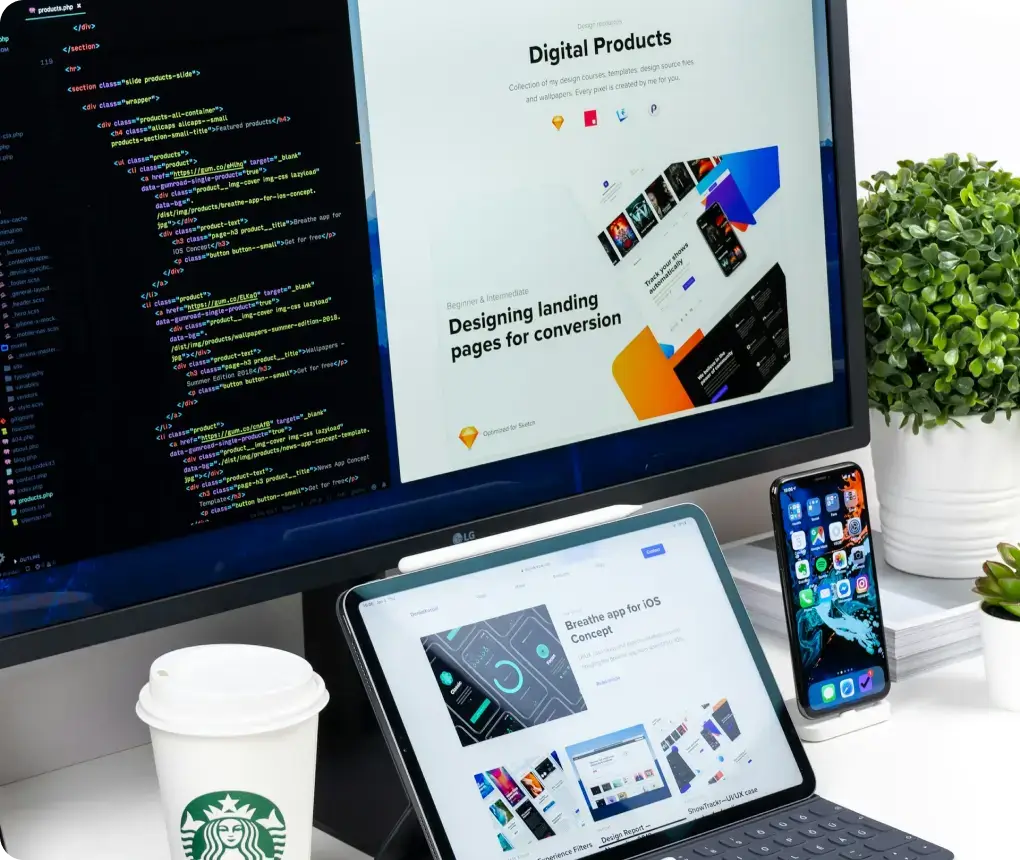
Automating Listing Information Collection
Our client is a real estate agency, faced with the challenge of efficiently collecting information from various listing sites to streamline their property acquisition process. They required an automation tool capable of extracting detailed information from each listing and customizing the data based on individual client preferences.
Python
PostgreSQL
Flask
HTML
CSS
Linux

AI-powered recommendation widget for Shopify
Our mission was to give Shopify sellers a simple tool to create personalized recommendation widgets for their websites. We aimed to enhance the shopping experience, making it more engaging and tailored to each customer.
Shopify
React
Node.js
KOA
AWS Lambda

Mobile app which makes peoples life more comfortable
Using modern technologies like Node.JS, React, and Chakra UI, we have developed a mobile app to make people lives easier. Now users can get the rest they are looking for with only one click, and they can do it with the people closest to them, like friends, and family.
React
Chakra UI
Webpack
Babel
Typescript
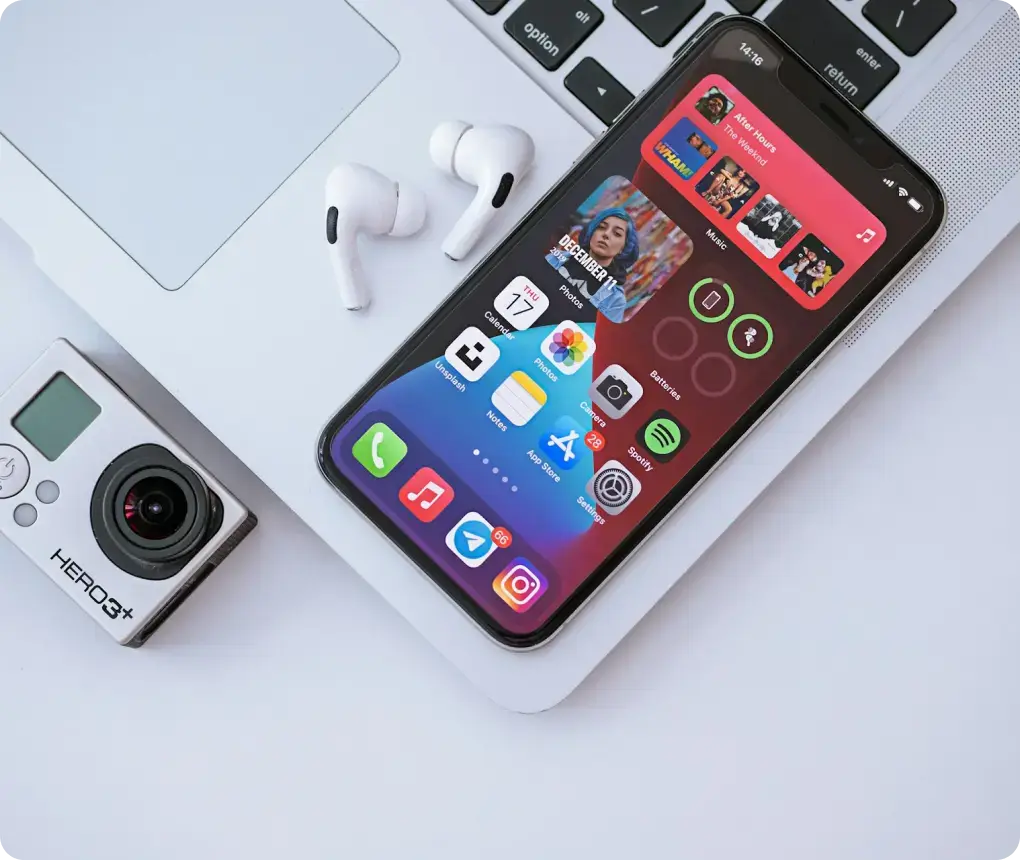
SAAS lending solutions for business loans
We believe that lending money should be a simple process. So we worked to make it possible. Using top-notch technologies, like Node.JS, Docker, and AWS for the back-end, we developed a lending marketplace to make the lending process as easy as possible for everyone involved.
Typescript
React
Node.js
Kubernetes
AWS
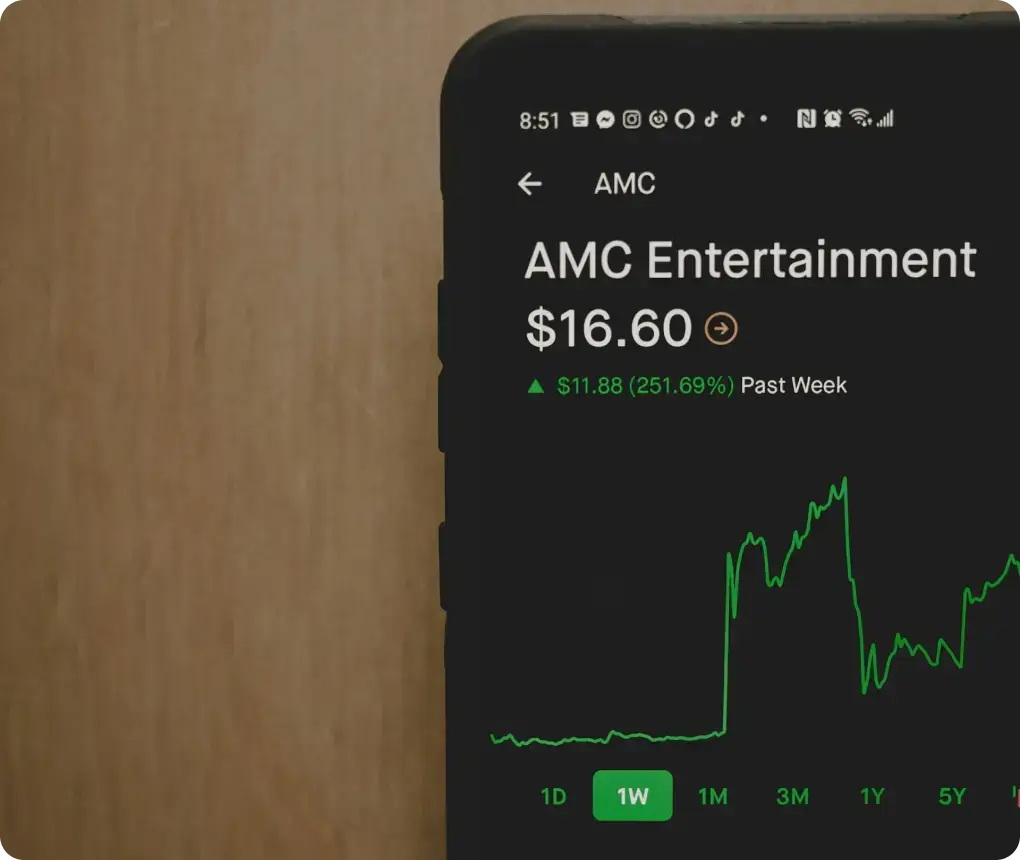
Bios mass-update microservice
We have developed a microservice to mass-update the BIOS of all your machines: It is automatic, secure, and painless. Combining the use of subservices developed using Python, PostgreSQL, and Celery, we have created a robust pipeline that allows you to remotely provide updates to the computers in your network. With our dynamically generated installation scripts, you can customize your installation to fit your specific needs and requirements, and easily perform the installation of new updates.
Python
Celery
PostgreSQL
C#

E-commerce platform with streaming data dashboards
Our cloud-based E-commerce platform features a dashboard with all the information that you need to take the best decisions, with near real-time visualization, you can get detailed reports on the most important metrics: Sales, marketing, and consumption levels in your business.
Angular
Javascript
Node.js
Kubernetes
Jenkins
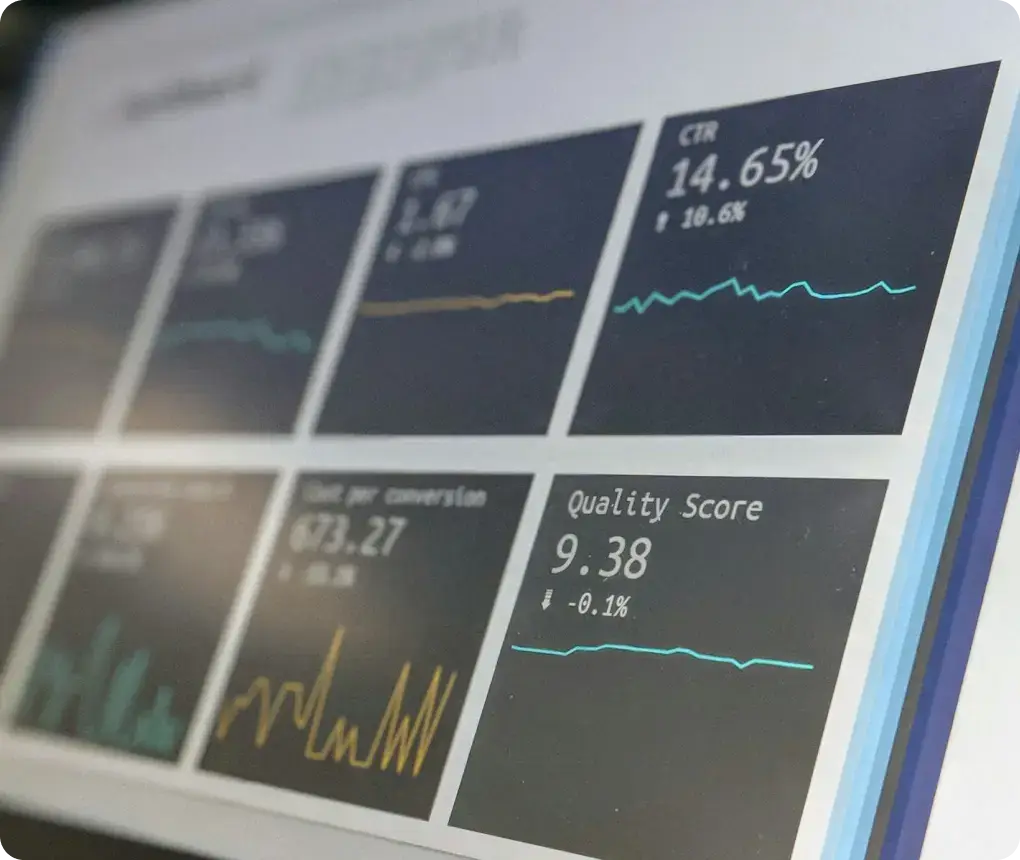
SAAS and mobile solutions for solar energy management
This is exactly what our “Solar Energy Platform” is capable of. Combining an AI-powered simulation engine, based on Big Data and a NoSQL database, with unlimited data processing capacity allows the module to accurately find and define not only errors, but also error patterns.
Typescript
React
Node.js
MongoDB
Docker

Language learning web and mobile apps with NLP and ML
Education should have no limits. That’s why we worked on the migration of a desktop application into a web platform, letting the users access the service without needing to download the app. No more having to worry about compatibility or system requirements!
Javascript
SWIFT
Java
Casandra
Hadoop

IoT framework with cloud-agnostic platform
Embrace the power of our cloud-agnostic IoT platform to unlock the full potential of your IoT devices. With seamless data collection, analytics capabilities, and secure communication, our framework empowers you to make data-driven decisions and achieve operational excellence.
GraphQL
RabbitMQ
PostgreSQL
Kubernetes

End-to-end industry software automation
Our platform is designed to make workflow automation a breeze. Utilize our intuitive drag-and-drop designer, empowering you to create custom business rules and manage tasks in an interactive and straightforward manner. No complicated coding required.
Angular
RXJS
NGRX
Golang
MongoDB

Supply chain transformation with distributed ledger technologies (DLT)
The project aimed to revolutionize business process workflows by harnessing Distributed Ledger Technologies (DLT). The primary goal was to provide our customers with heightened supply chain visibility, transparency, and accountability, addressing the inefficiencies and trust issues plaguing traditional supply chain systems.
Javascript
Java
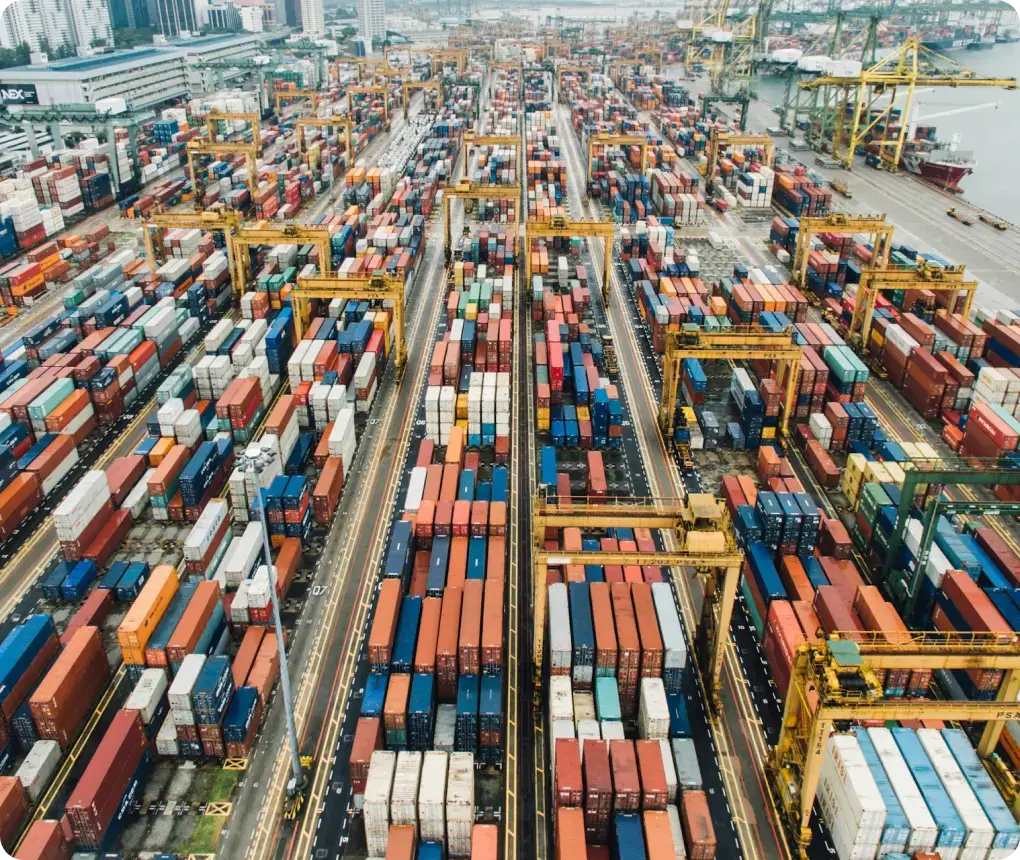

Michael Babylon
German Representative
Let’s talk!
Latest News
The pace of innovation is no longer cyclical; it’s continuous. Startups launch globally overnight. Enterprises deploy features weekly instead of quarterly. AI accelerates everything to a level even seasoned technologists didn’t see coming.
The year 2026 marks the end of the AI experimentation era and the beginning of what we call the Architectural Imperative.
The AI landscape has evolved from isolated Large Language Models (LLMs) to autonomous multi-agent systems that plan, decide, and act across an organization’s digital ecosystem.
In 2025, AI is the engine of modern business value, driving significant gains in developer productivity and operational efficiency.
In 2025, AI is the engine of modern business value, driving significant gains in developer productivity and operational efficiency.
Choosing the right CRM system for your healthcare business can feel like a high-stakes decision.
Today, a well-chosen CRM system is more than just software – it’s a strategic asset that can transform your business.
We’re discussing HIPAA, the law that safeguards patient data. It’s not just a good idea to follow these rules – it’s a legal necessity.
Every day, another headline screams about AI and software development. We see phrases like “AI writes code,” “AI designs websites,” and the ever-present “AI replaces programmers.”
At Insoftex, the next leap in enterprise AI isn’t just about faster processing or bigger models; it’s about achieving Contextual Intelligence.
In today’s super-connected world, keeping your business safe online isn’t just an IT thing anymore – it’s a top priority for your whole company.
This guide is your friendly map to understanding what makes San Francisco such a unique tech playground. We’ll also highlight some of the key players who are literally shaping the future of technology.












